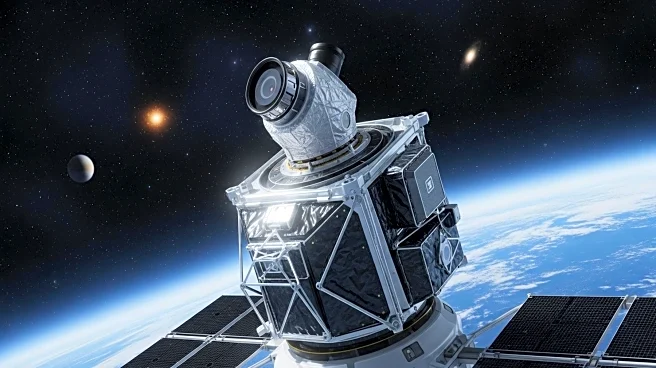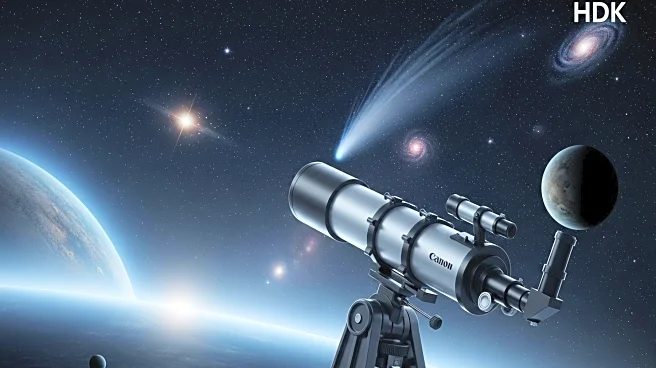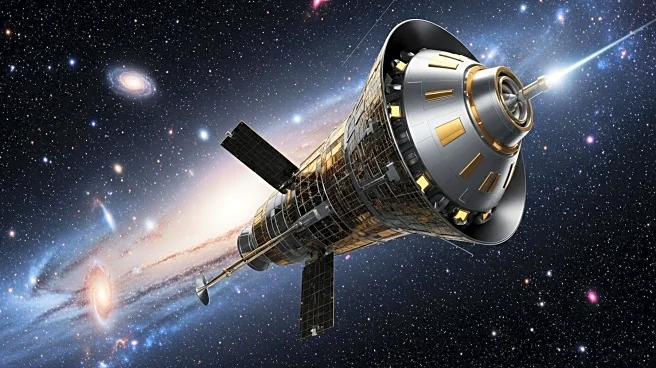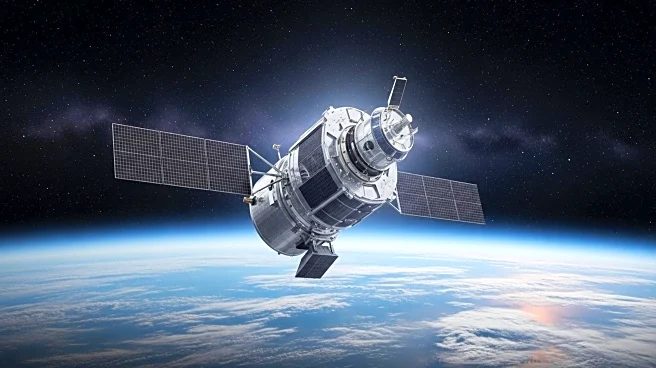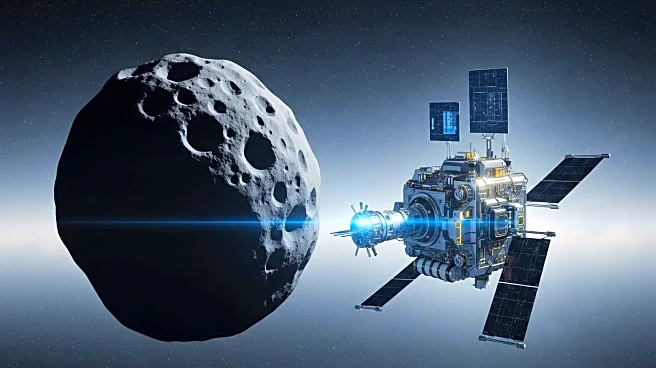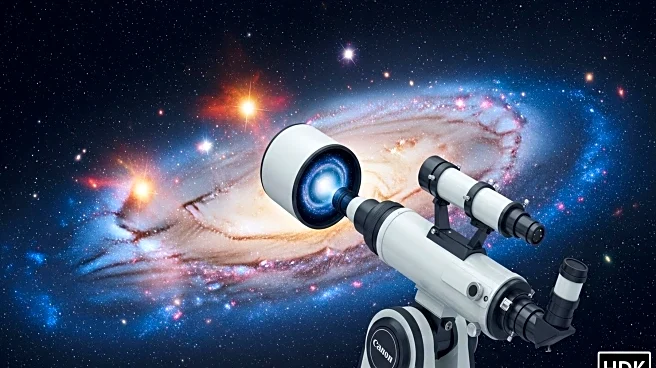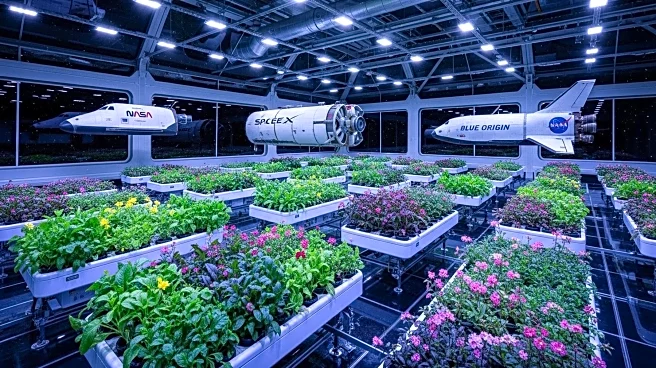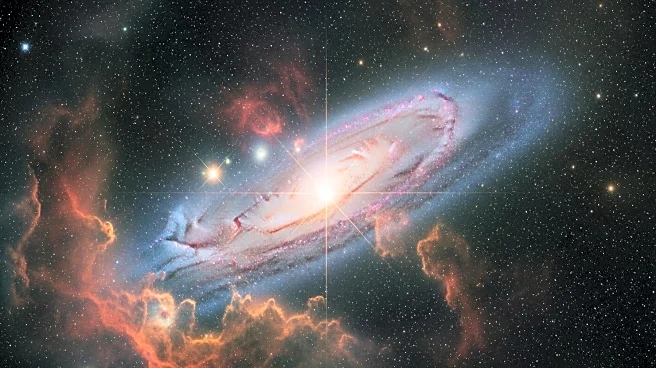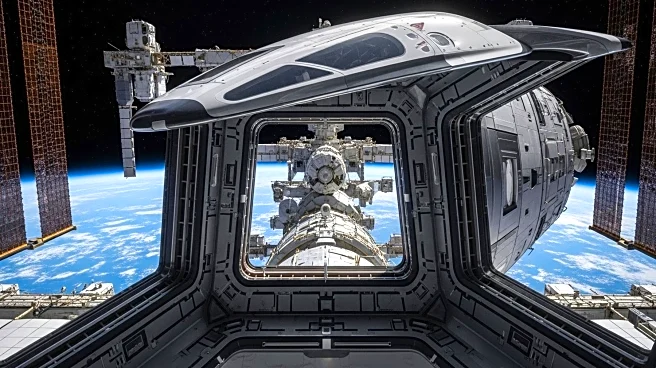What's Happening?
NASA's Goddard Space Flight Center has issued a request for proposals for a Phase A study of the Space Weather Geostationary PHOtospheric Magnetograph Imager (PHOMI) instrument. This instrument is intended to fly on NOAA's Space Weather Geostationary Series satellites. The PHOMI instrument is designed to provide line-of-sight measurements of the solar photospheric magnetic field, which is crucial for modeling solar wind velocity, density, and magnetic polarity. The study aims to develop a design concept, cost, schedule, and risk assessments to support the instrument's eventual flight. Contractors are expected to deliver a sensor design concept, performance assessments, trade studies, technical analyses, and a notional development schedule.
Why It's Important?
The development of the PHOMI instrument is significant for enhancing the understanding of space weather, which can have profound impacts on satellite operations, communication systems, and power grids on Earth. By improving the accuracy of solar wind models, the instrument could help mitigate the risks associated with space weather events. This initiative also represents a collaboration between NASA and NOAA, highlighting the importance of inter-agency cooperation in advancing space science and technology. The project could lead to advancements in sensor technology and provide opportunities for industry partners to contribute to critical space missions.
What's Next?
Following the Phase A study, the selected contractor will be expected to enter a System Requirements Review and potentially a Preliminary Design Review. The government may consider extending the study to further mitigate technical, cost, and schedule risks. This progression will be crucial in refining the mission requirements and ensuring the instrument's readiness for flight development.

